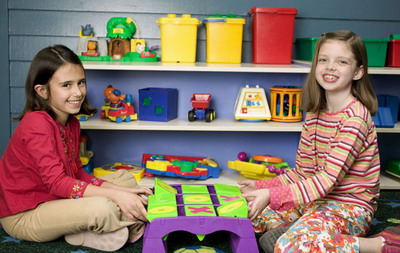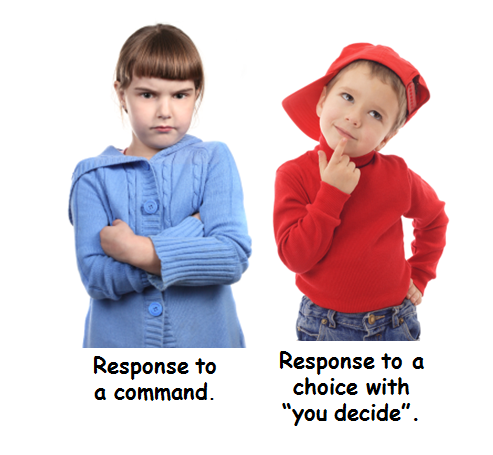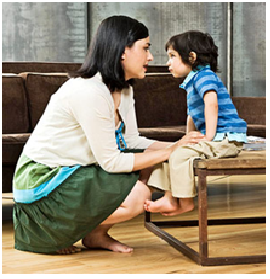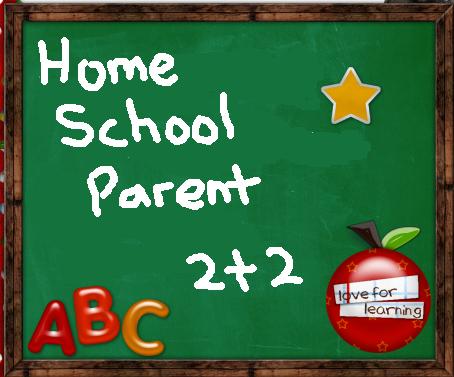“Rain, rain go away, little Johny wants to play.” Rainy season tends to make children grumpy and cranky. So here are a few ideas on how to make staying indoors fun for them. It is a great way to bond with your children as well.
Have a movie marathon
Grab a tub of popcorn, dim the lights, create a theatre ambience and have your movies ready. Choose from classic children movies including educational ones and have a marathon! It is a great way to spend time with them and they won’t even mind staying indoors.
Don’t make it a habit to let them watch the TV for so long at a stretch though.
Get baking
Children love sweet-nothings. Cakes, cookies etc. are a great hit with them. Now, get them to the kitchen and use their help in whipping up some baked goodies. Let them do simple things like assembling the ingredients, mixing the batter, pouring it in pans and decorating the cakes with icing, sprinkles, chocolate chips etc. Keep them away from the oven though. Not only is it fun, but it will also help them use their imagination and give them a sense of accomplishment.
Have a dance party
Kids have a lot of energy. Staying indoors and doing nothing can mean chaos for you. And if you have more than one child, then you know a ‘war’ is about to start! Channel their energy into something more fun and constructive and have a dance party instead. This way you won’t be prying them off each other or cleaning away the remains of a broken vase.
Find some age appropriate songs and get dancing with your children!
Make a scrapbook
Bring out all your old photos and make a scrapbook out of them with your children. Get colourful papers, glitter, ribbons, stickers, crayons or poster colours etc. and let your child discover his/her inner artist. Making a scrapbook is time-consuming, yet fun. This is hard work your kids won’t mind doing!
Scrapbooks are great way of reviving good old memories while making new ones!
Play board games
Nowadays, indoor games mean PS3 and Xbox for children. Steer them away from these violent and addictive games and re-introduce old fashioned board games. Get the whole family together and play games like UNO, Monopoly, Scotland Yard, Bingo etc. Not only is it a lot of fun, but some games which involve trivia are also quite educational.
Shake your kids out of gloomy boredom and make indoors fun for them!










